US – EDGAR
It is the central system for companies and other entities to submit documents after the securities act of 1933.
Electronic data gathering, analysis, and retrieval system (EDGAR) is the central system for companies and other entities to submit documents after the securities act of 1933.

They have millions of filings with investors and corporations. The system would probably process about 3,000 fillings daily, serving up to 3,000 terabytes of data annually to the public.
Accessing their data is free since it is public information. So, it’s simple to look up a company's information, such as financial information and filings. In addition, information about their fundings, exchange-traded funds, variable annuities, and individuals is also present.
The EDGAR business office owns Edgar. This filing feature accommodates almost 40,000 new filers per year. They are responsible for strategic planning, filer support, staff support, government means and administration, and many more... So any questions they can answer.
The official website has information related to the organization.
EDGAR filing
In Edgar, you have many files you file and various information about a company that you may need.
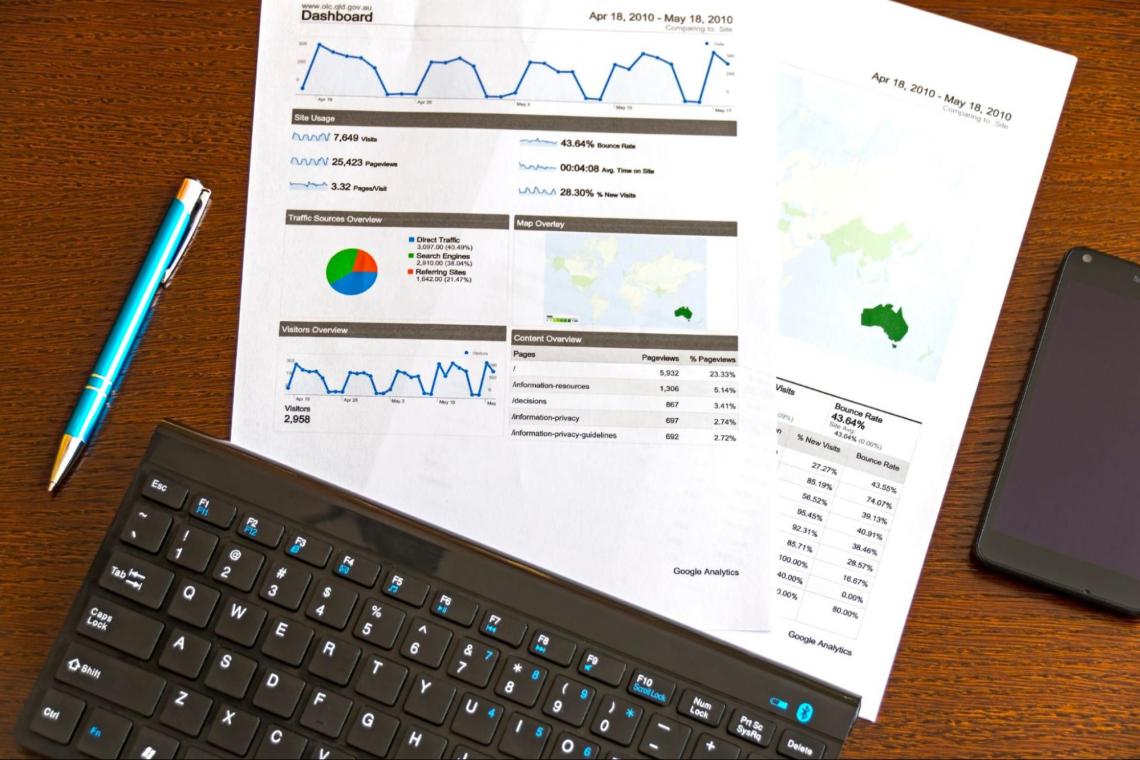
What gets filed and not filed does vary. Some information can be electronically permitted to be filed on the site. At the same time, other documents may not be filed. For example, tender offers and schedule 13D can be filed on Edgar.
A Schedule 13D offer is most useful when a company buys a large stock. However, this sometimes indicates that corporations can also take over.
At the same time, a Tender offer is helpful when someone or a corporation buys all the shareholder stock.
So, when you go on Edgar, you will see these two pieces of information. This helps tell you how the shareholders will be managed and who manages it - corporate or investors.
Suppose you look for filings before 2002 about foreign filing from foreign governments. You might have difficulty finding one since they weren’t mandated to file. However, after November 2002, they were mandated.
Forms 3,4,5 may or not be filed on Edgar. However, afterward, you will find them on the site.
Forms 3,4,5 with a company are security ownership and transactions that need to occur inside the facility.
They only take document filing in text HTML or text. Any other text is an unofficial document and will not be uploaded.

Companies can make their filings in an XBRL language. XBRL stands for extensible business reporting language. This would help the computer to read the document better.
The whole point of filing with this tool is to increase fairness in the securities market. This would help benefit investors, economists, and corporations.
This will be essential for any type of business and legalities in the United States of America. This is also something that needs to be remembered and comprehended because you can’t make a mistake here with important information.
Accessing Data
Suppose you’d like to file with Edgar or, as mandated, it has flexible hours for filing, i.e., Monday to Friday from 6 AM to 10 PM. So, if you get out of work at 5, get home at 6, and want to rest before filing. You have that option.
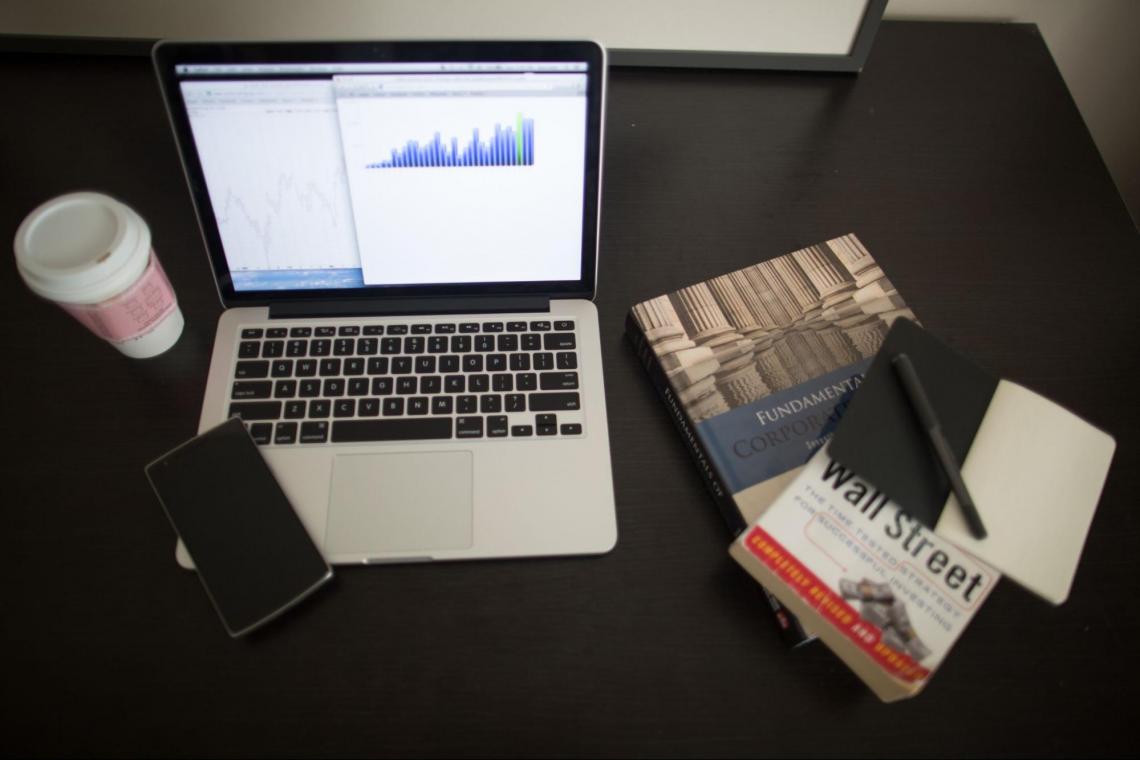
When we file, we make mistakes, just like we always do. So, if you do so, don’t worry; SEC staff will remove files if you’ve made mistakes with your filings for your benefit, even though it's a hassle. You will get a chance to correct it.
Some reasons they might remove your filings are because the file was submitted with the wrong filer, the document submitted is a duplicate of a previous document, or the document was unreadable or has sensitive information.
Knowing your mistake is a good thing when filing because next year, when you repeat the process, you’d know what to avoid and wouldn’t need to go through the hassle again.
You can check your yearly files in the archives when checking the data. You can see the information you need starting from 1994 till the present in the database.
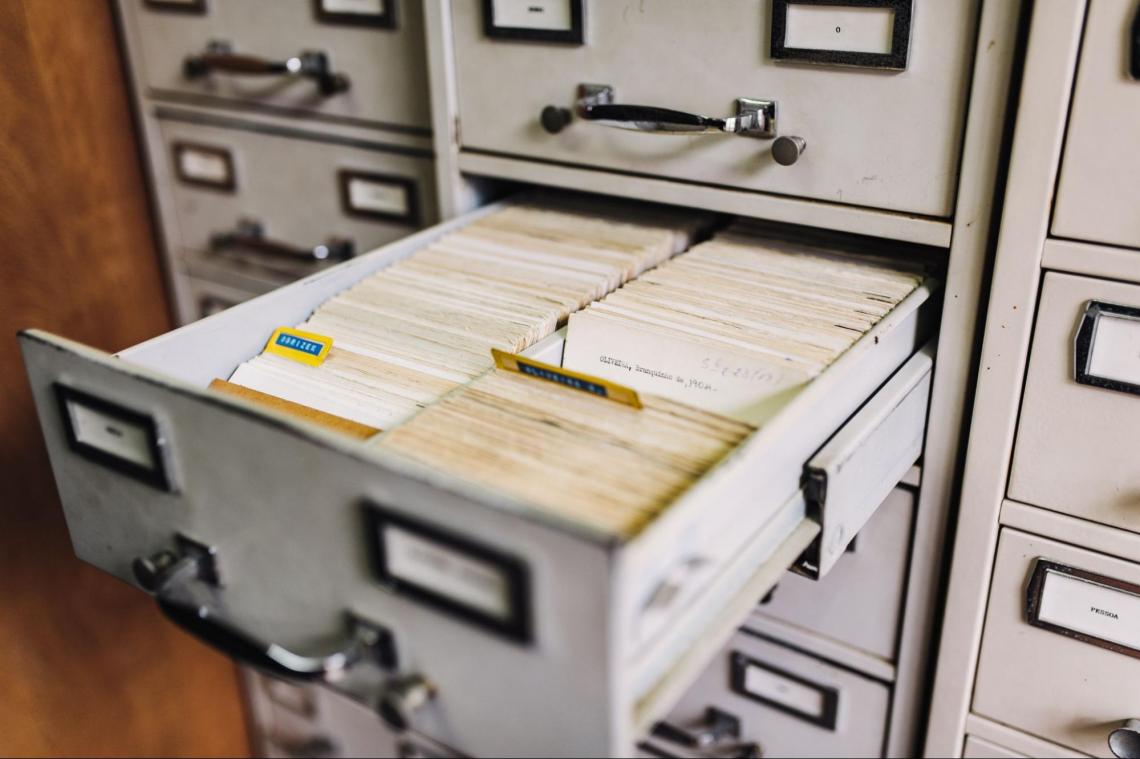
The Edgar indexes have the following categories that you can go and see. What type of company would you want to look into, the type of form, the central index key (CIK), the date filed, and the file name?
There are three major types of indexes.
- Company: The type of company you want to look up or associate with.
- Form: When you visit the site, many forms will be available, like form 3,4,5.
- CIK Number: CIK numbers are unique serial numbers that Edgar assigns to each company so that they can identify them. You can use this serial number to get to the company you want.
EDGAR PDS System
PDS stands for Public Dissemination service system. It was established on November 1st, 1998, to provide the public with a more accurate, quick, and complete method.

Public filing is free and open to anyone; however, if you want to use this feature, you will need to pay a subscription since this feature is by Attain and LLC.
Now let’s talk about some of the features this may include.
1. Tracking of all files received and sent.
This is a good thing because sometimes you do not get tracking when using the free part of the EDGAR.
2. Access to all recently accepted archived data and transmitted filings.
This may be beneficial if you want to be more in tune with all the recent happenings and filings for better data and information.
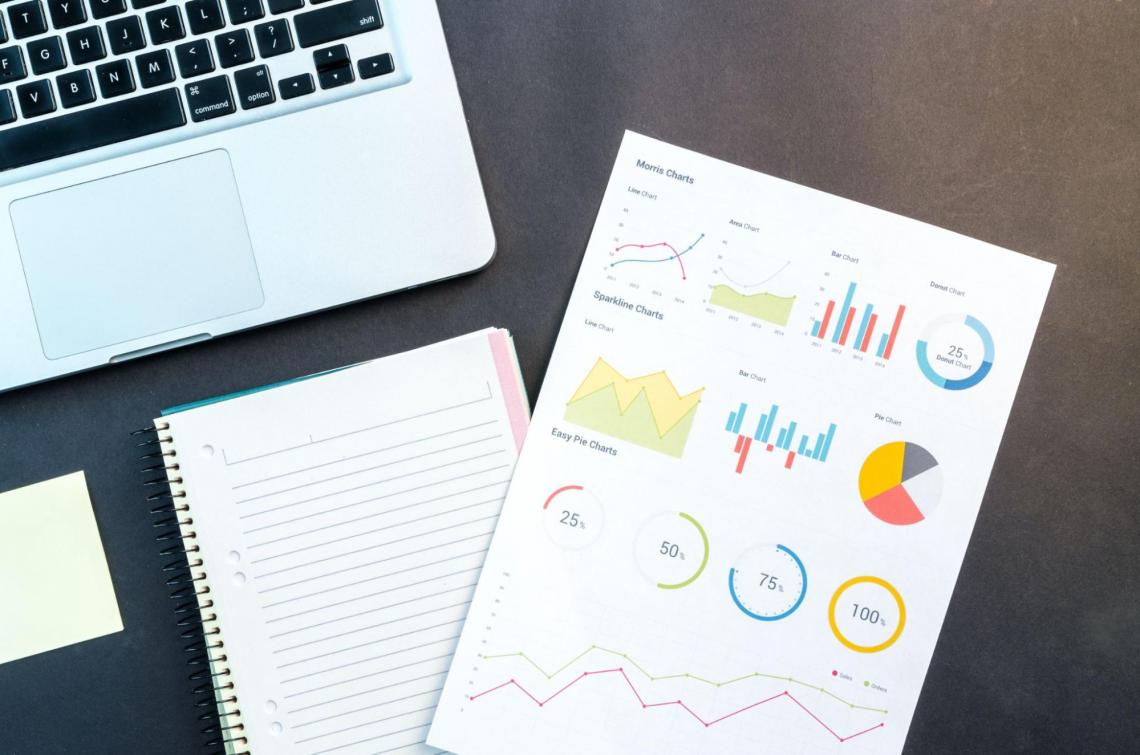
3. Single or multiple feed options.
With this feature, whenever you want an extra opinion for a company, you’ll be able to see and seek other people’s points of view and opinions.
4. Failover system
It provides delivery from an alternate PDS service in case the main PDS service doesn't work, which guarantees that you will always have working access.
Their PDS also has a new subscriber document updated in 2019. This provides configuration, and they’ll have more testing maintenance, giving you more accurate billing information.
NOTE
In the year 2020, the technical specification document was updated. This system would describe the format and definition for each element, which is useful if there are some questions regarding the type of elements you’d like to search for.
Each element of this new feature gives you more broad and specific points that make you faster and help you get across without the hassle, unlike the free version.
Searching EDGAR
Now, even though we have some basics about the index and how the index works, let’s talk about how we would search for other companies on this site.

The following ways are:
1. Searching for the company's name.
You can explore this on the search bar. For example, type “SONIC” or “PANDORA” in the search bar to look up these companies.
2. Search for a mutual fund, ETF, or variable annuity.
Click on the company's filings, and you’d find tools that can direct you to look for mutual funds. There’s also a mutual tool that you can find.
3. Search for form types.
We can search for the different forms here. It shows you the filings in chronological order. One example is the 10k, which is the annual report.
4. Financial information
It gives annual and quarterly reports, along with new and current reports. They are also dated chronologically. In addition, each report gives out relevant information.
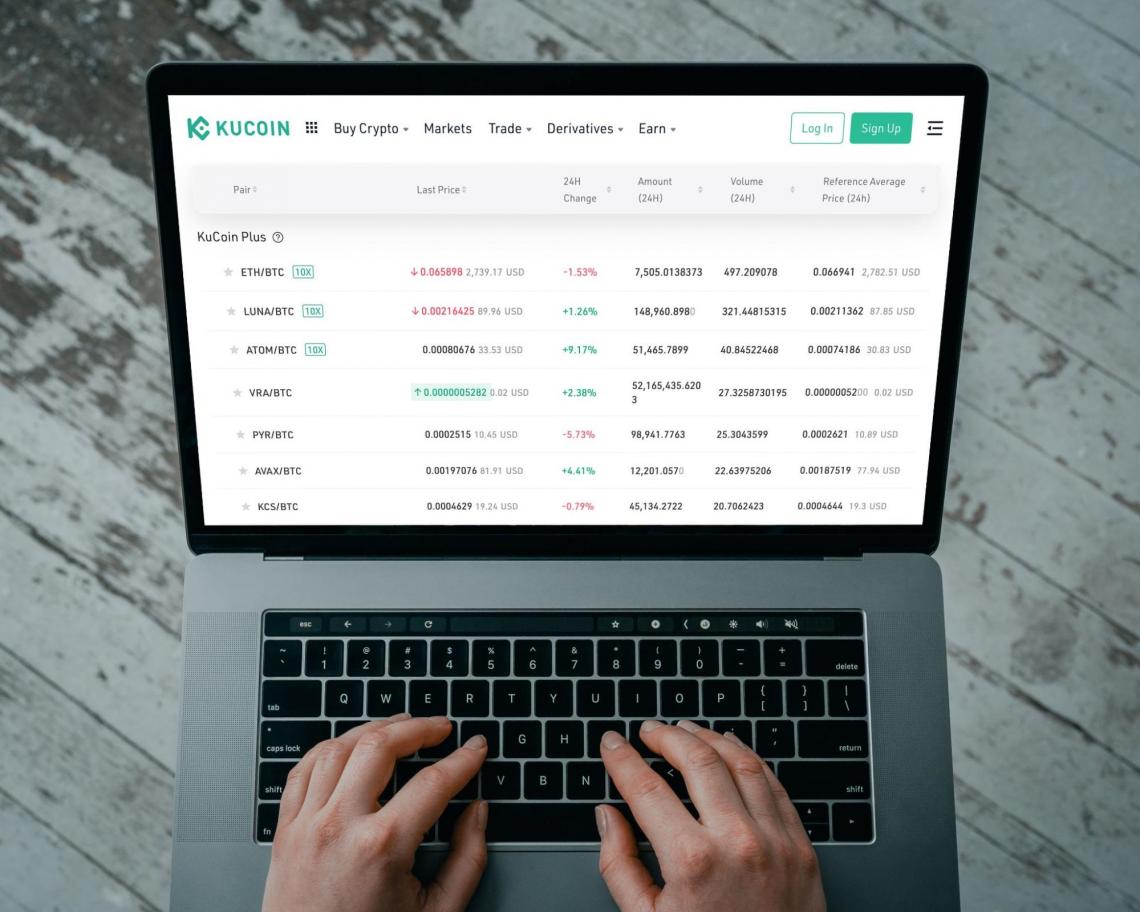
Edgar also shows you if that company has any executive compensation. In addition, who they have compensated and why they were compensated is stated, which can help determine a company's reliability.
5. Insider transaction
The insider transaction would describe the holdings and equity that pertain to the company's equity. Corporate insiders are officers or shareholders with more than ten percent of the company.
6. Beneficial ownership interest
This means that if we have a person or group of interest owning more than 5 percent of the company ownership, they would have to disclose their holdings.
7. Public offerings
This information consents a company to register and sell securities to the public. This company must have a registration statement.
With all of these features, it’s not a wonder why many people would want to use the platform. It has so much information that you can access.
For example, if there’s a situation where you need to know who is the shareholder that owns a good portion of a company, you can search the site for the specific company. On the sidebar, there should be a beneficial ownership interest option for you to choose from.
This would help you look at who has access to a large part of the company and what stakes they have.
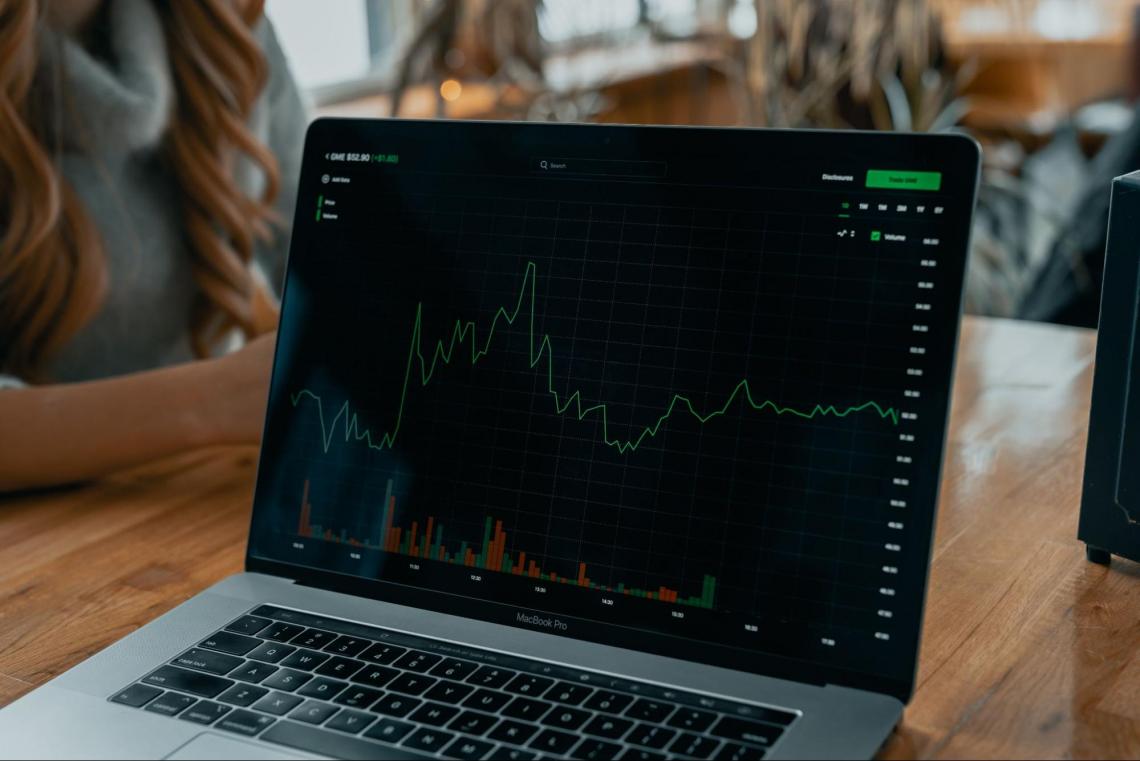
The PDS system is perfect if you want more definite and accurate filings. In addition, it’s ideal for many who want to know who their competition is and how their competition is doing.
It is a perfect tool for anyone currently in finance who wants to research a holder or company or for anyone who would like to invest.
Key Takeaways
- If you want faster, more current, updated filings with more features, subscribe to the PDS system.
- Be cautious when looking for a company record before the year 1994. You may not find many answers since the system wasn’t available then.
- When filing, ensure you do it in the right format. If a mistake is made, the system will not file it and ask you to fix it.
- This system was made to look at the investors, shareholders, and officers linked with any company.
- Every company must file with EDGAR as mandated to have public accessing and filing.




or Want to Sign up with your social account?